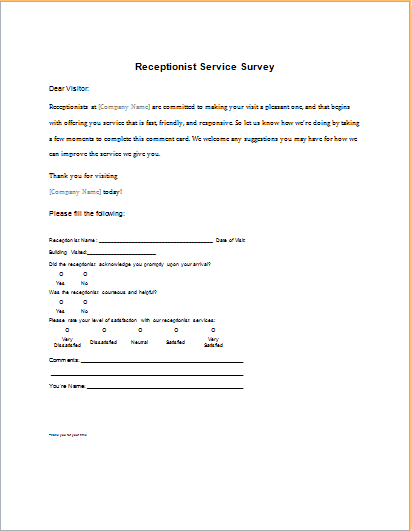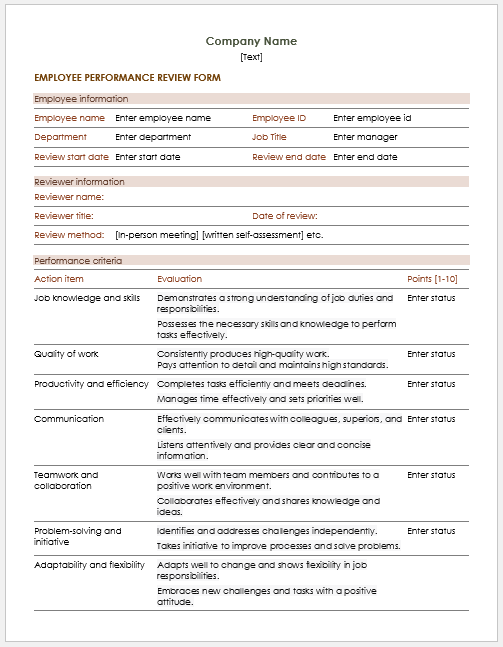A courier company issues a document to the shipper, which is known as a bill of lading. It contains a lot of useful information about the shipment, and the shipper must have it. Even if the courier company does not issue it to the shipper, it is important to ask for it because it is often kept as a record of the transaction.
Shipping companies as well as shippers need to keep a record of the products to be shipped, the company they have used for transportation, the total amount they are paying for transportation, and much more. They also need to keep a record of the revenue a shipping company generates. This information cannot be recorded unless a bill of lading is used.
Why is it essential to use a bill of lading?
It is almost impossible for the transportation or shipping industry to work without a document known as a bill of lading. Whenever products are required to be moved from one place to another, the shipper has to obtain the services from a shipping company. That company signs a contract with the shipper in which different terms and conditions regarding transportation are written to avoid conflicts that may arise in the future. This contract cannot be drafted without a bill of lading.
In addition, it also serves as proof of delivery because, when the product reaches its predetermined destination, the person receiving it also receives the bill of lading, which becomes a receipt. People who have not received the shipment should not accept a receipt. In short, this document is a main part of the entire supply chain process.
How do I create a bill of lading?
Creating a bill of shipping requires you to know about the format and the structure in which the details are laid out in the document. Here is how you can create a bill of lading for your shipping company:
Start by collecting information:
Before you practically start creating this document, you should take some time and collect the details. This will help you draft a document in no time. This way, you will have all the information in advance, and you will be in a better position to decide what you should add to this document to make it aligned with your business needs.
Work on the format:
The format defines the structure of the document as well as the sequence in which the details are mentioned in the document. To get information about the format, you can check bills issued by other shipping companies and know what a professional document looks like. It will also help you draft your document in such a way that it looks professional. This helps you build trust in people’s minds concerning your business.
Create the header section:
The header is the topmost section of the document, which people see when they first look at the receipt. The header section generally includes the name of the company, its logo, and a tagline. Some companies also demonstrate the contact details in this part.
Divide the document into various sections:
After creating the section, you need to work on the rest of the document, and it always starts with the division of the receipt into various parts. This division is not apparent, but people can see various details in the receipt that look entirely separated from each other.
Add the details of the shipper:
This bill mentions the name, contact details, and complete address of the shipper, as the person who receives the shipment first wants to know who has sent it.
Add details about the consignee:
Add the information of the consignee, such as name, contact details, etc.
Details of the shipment:
This part mentions the total weight of the shipment, dimensions, itemized list of items if needed, etc. In some cases, instructions regarding handling the shipment are also given.
Shipping charges:
If the payment has not been made yet and it is supposed to be made at the receiver’s end, this bill mentions the amount required to be paid. The courier company knows how much to charge for a shipment and then mentions it on the bill of lading.

